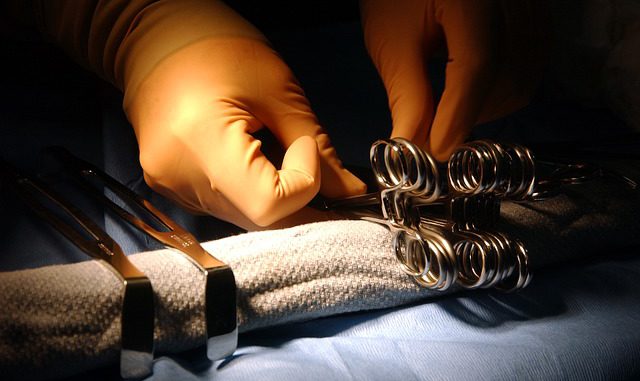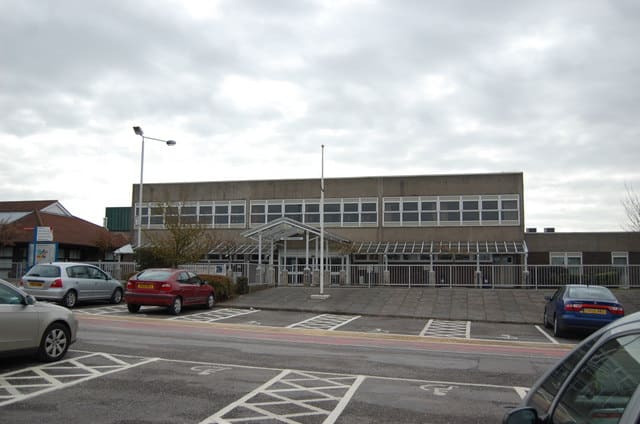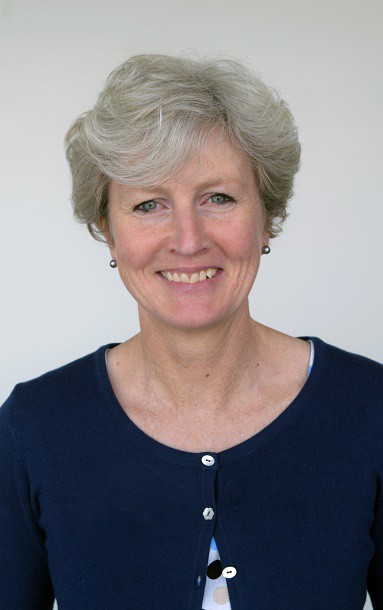
A new pilot scheme which will involve the creation of four specialised theatres at the Kent and Canterbury Hospital could help to reduce the number of east Kent patients waiting more than a year for elective surgery, particularly orthopaedics.
East Kent Hospitals University Foundation Trust (EKHUFT), which is responsible for hospitals including Margate’s QEQM, says it will be increasing the number of planned orthopaedic operations, including hip and knee replacements, over the winter as part of the national pilot.
During the winter months many planned orthopaedic operations do not go ahead as the NHS prioritises beds to care for the increase in patients needing urgent emergency care.
Demand for planned orthopaedic inpatient surgery such as hip and knee replacements, has increased with 3,000 planned inpatient operations now taking place each year at the William Harvey Hospital, Ashford (WHH) and the Queen Elizabeth the Queen Mother Hospital, Margate (QEQM). This has resulted in growing waiting lists, especially during winter.
The pilot is part of the national GIRFT (Getting it Right First Time) programme, led by the National Director for Clinical Quality and Efficiency, Professor Tim Briggs.

It will be carried out in two stages. The first stage will mean planned hip and knee replacement operations currently undertaken at WHH in Ashford, will be taking place at the Kent and Canterbury Hospital,(K&C) this winter.
Planned orthopaedic inpatient operations will take place at K&C using day surgery theatres, supported by dedicated beds and two additional temporary theatres to enable existing day case operations to continue on site.
Spine surgery, day case surgery and trauma will continue at WHH, as will planned shoulder, foot and ankle operations. Day case and inpatient operations will continue at QEQM in Margate, using extra capacity in the separate Trust-owned Spencer wing.
Patients will continue to have all outpatient care before and after their operation at their local hospital, meaning musculoskeletal services, which handle large volumes of clinic appointments, day surgery, joint injections, imaging and rehabilitation, are unaffected.

The change will also mean the Trust has more beds for medical patients at WHH which would increase flow through the hospital and help reduce waiting times in A&E.
The aim is to increase theatre capacity for other specialties such as general surgery and gynaecology to help reduce the number of people waiting more than a year for an operation and people waiting for cancer treatment.
During next year the Trust hopes to put in place the main pilot project which involves building four modular, laminar flow theatres at K&C, supported by dedicated beds. This part of the project requires national capital investment for which funding is being sought.
Subject to funding, this would allow all patients having planned orthopaedic inpatient operations to have their procedures in the new facilities at K&C by the end of next year.
All emergency operations would continue as now at WHH and QEQM; day cases and outpatient care would continue on all three sites.

East Kent Hospitals Chief Executive Susan Acott added: “This is an exciting opportunity to invest in better facilities and equipment which will help patients be seen more quickly for both planned and emergency care in all our hospitals.
“Evidence shows that dedicated facilities for trauma and separate dedicated facilities for planned orthopaedic inpatient surgery, improve the outcomes and experiences for both sets of patients.”
NHS data
The news comes at the same time as a release of data by NHS England which shows for the period up to the end of June 2018, 201 East Kent Hospitals patients have been waiting for more than a year for their surgery from the day that they were placed on the waiting list, usually by a consultant.
In July that figure reduced to 167.
EKHUFT is operating on 92% of its elective patients within 29.1 weeks.
This means some patients are waiting beyond the 18-week maximum set by the last Labour Government. Most of those are waiting for orthopaedics and general surgery specialties.

Cllr Karen Constantine, who sits on Kent County Council health scrutiny committee, has written to the trust to find out what steps are being taken to make sure patients are seen within the 18 month timeframe.
She added: “It’s extremely good news to see positive steps being taken to end what must be misery for those patients waiting for elective surgery. It must be remembered that many orthopaedic patients will need care post operation in their own home.
“So, we need to fully ensure this pilot also aligns hospital care with social care. All too often patients are left to manage through difficulties. I would welcome more beds at QEQM as WHH is a significant distance away. I can’t see any real reason why treatment can’t be delivered closer to home.
“Reassurance is needed as to if and when the additional funding for planned orthopaedic inpatient at K&C will be forthcoming. This is a ‘jigsaw’ plan all the parts must fit to make it work.
“We need the cash injection and we need to ensure workforce issues are fully addressed. We also need to make sure people listed for surgery are seen within the recommended 18 weeks.”
‘Proportion’
A spokesperson for East Kent Hospitals said: “East Kent Hospitals is the largest acute Trust in Kent and Medway and treats 94,000 in-patients across five sites. In proportion to the number of patients we treat, the number of patients waiting over 52 weeks is very small, and in July this was 167.
“Even though these numbers are small, they are important to us and we have clear plans to continue to reduce the number over the coming months.”

